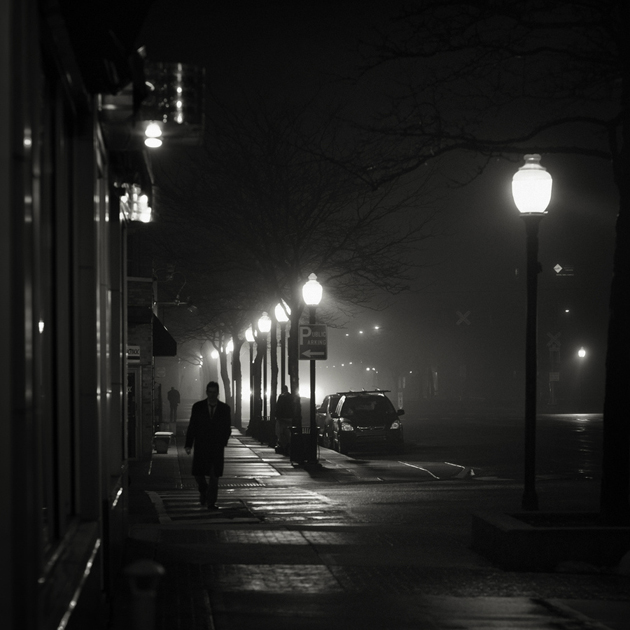abruzzi
Member
Ok, I apologize but this will sound pretty noobish. I've never really done night time photography, and my rational side is trying to confuse me. I have 2 cameras with TTL light meters, but neither are very advanced (Pentax 67 and Pentax SuperProgram) and one camera without a meter where I use an incident meter (Bronica ETRSi with a Sekonic 508).
In daylight I know how both of these work--the TTL meter tries to make everything grey but assuming that you scene has a mix of dark and light, that average grey ends up being relatively well exposed. The incident meter is measuring the light falling on my subject (in most of my cases, sunlight or sunlight filtered through clouds.)
Problem is, both of these are confusing for night shots. There is next to no incident light, 99% of light in a scene is light originating in the scene--porch or decorative lights that cast very little light except in a few foot radius. There is a small cloud light around the lights, and it would be nice to capture the points of light and the nearby stuff that they are illuminating.
The TTL is confusing because most shots I might take are overwhelmingly dark, and should not be rendered up to 18% grey, so I have a hard time trusting the TTL meter. So, if I load a roll of Delta 3200, and assuming I want to expose it at 3200. Are there good ways to think about this that make it easier to find the right exposure? Should I trust the TTL meter?
* to be clear, I'm not talking about long exposure, and when I google "night photography" I get a lot of highly stylized long exposure night scenes that don't interest me. More, I'm talking about street photography at night, but not in a highly illuminated city.
These aren't my photos, but I'm thinking similar scenes, but probably with less light sources and more dark areas:


In daylight I know how both of these work--the TTL meter tries to make everything grey but assuming that you scene has a mix of dark and light, that average grey ends up being relatively well exposed. The incident meter is measuring the light falling on my subject (in most of my cases, sunlight or sunlight filtered through clouds.)
Problem is, both of these are confusing for night shots. There is next to no incident light, 99% of light in a scene is light originating in the scene--porch or decorative lights that cast very little light except in a few foot radius. There is a small cloud light around the lights, and it would be nice to capture the points of light and the nearby stuff that they are illuminating.
The TTL is confusing because most shots I might take are overwhelmingly dark, and should not be rendered up to 18% grey, so I have a hard time trusting the TTL meter. So, if I load a roll of Delta 3200, and assuming I want to expose it at 3200. Are there good ways to think about this that make it easier to find the right exposure? Should I trust the TTL meter?
* to be clear, I'm not talking about long exposure, and when I google "night photography" I get a lot of highly stylized long exposure night scenes that don't interest me. More, I'm talking about street photography at night, but not in a highly illuminated city.
These aren't my photos, but I'm thinking similar scenes, but probably with less light sources and more dark areas:















